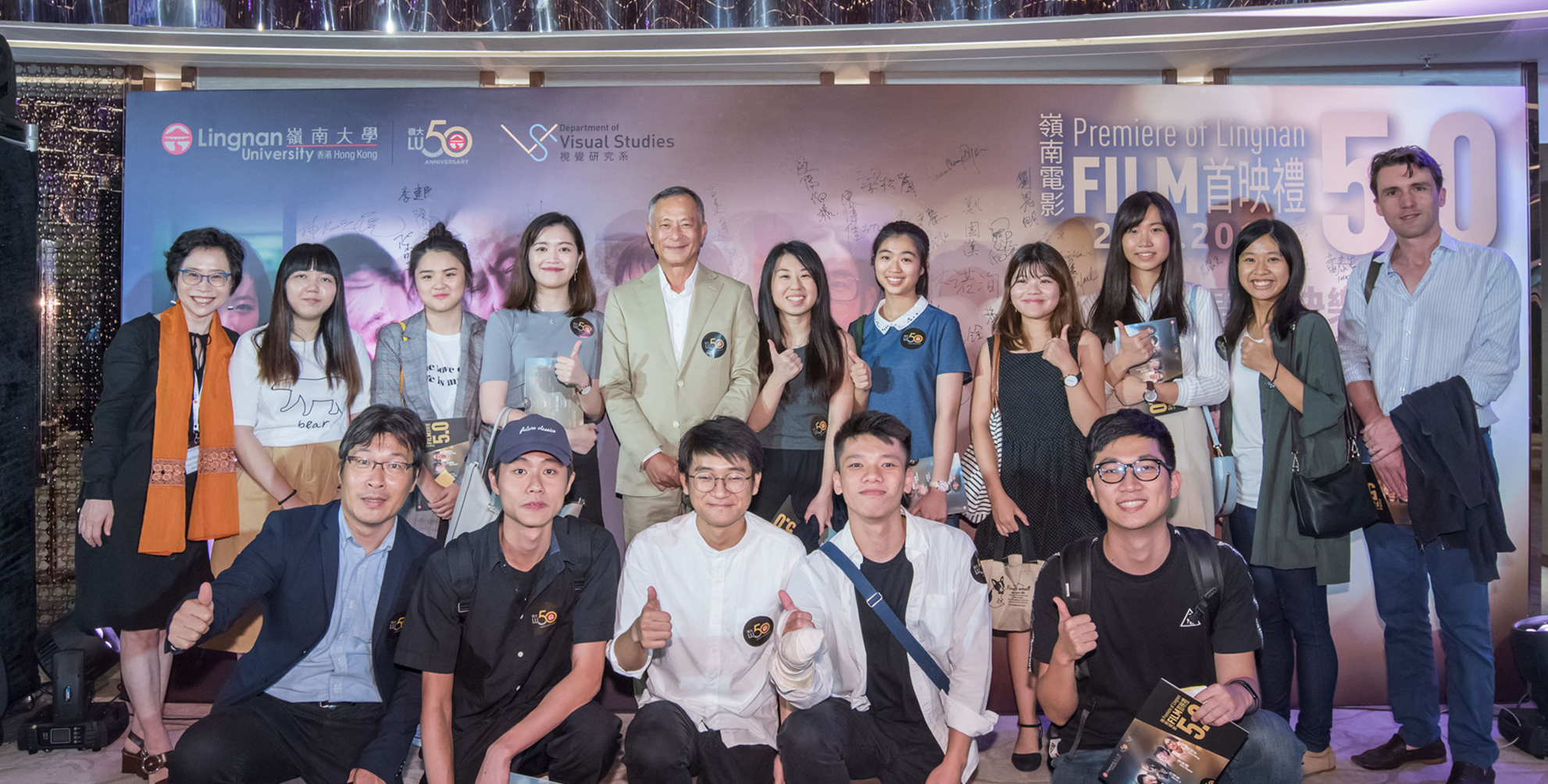
Issue No. 42 | Mar 2024
Issue No. 41 | Feb 2024
Issue No. 40 | Jan 2024
Issue No. 39 | Dec 2023
Issue No. 38 | Nov 2023
Issue No. 4 | Jan 2021
Past Issues

Lingnan’s new MA in Creative and Media Industries aims to recentre the human within creativity, explains Professor Wesley Jacks of the Department of Visual Studies.
While the fields of art, music, film, television and architecture used to be considered riskier employment bets, they can now also be seen as arenas in which digital technology will struggle to displace humans. “Machines are great at many things but they are terrible at taking on the perspective of a human and thinking about the experience of a viewer, thinking about the experience of a museum-goer, or thinking about the experience of a game player,” Professor Jacks points out.

Hong Kong has a celebrated history of creativity in popular culture, with its film industry and its Canto-pop scene once claiming the regional and global spotlight. Today, the city is not only home to numerous performing arts venues, museums and galleries, it also hosts major trade fairs and events, including Art Basel and the Hong Kong Film Festival.
Professor Jacks notes that, like many administrations across the world, the Hong Kong Government has recognised the economic benefits of developing a strong creative and media sector. “Within those industries you have jobs that are not only creative in the more classic sense, such as those of artists, but also jobs like marketing, which are extremely important for film and media, in particular.”
The new MA, to be launched later this year as a one year full-time or two year part-time programme, will bring together disciplines that, though often thought of as separate, actually underpin industries that are increasingly intertwined in the real world. “It is designed to give students an idea of the history of creativity and the creative industries, a strong foundation of examples from around the world of how these different creative industries work, and to send them forth at the end of the programme with the ability to adapt the course work to their own interests and goals.”
The programme is the result of a partnership between Lingnan’s Department of Visual Studies, whose area of expertise encompasses what are thought of as the more classical art forms, along with film and media studies, and its Philosophy Department. This is because questions of ethics, and a consideration of the relationship between the human mind and creativity, are key elements of the programme.

Professor Jacks believes the programme is equally suitable for someone who’s just finished their undergraduate degree programme, or those who’ve spent a few years working in, say, a minor role within a creative industry and is now interested in expanding their options. An example in the latter category would be someone working in fashion or design looking to use these skills in a move into costume design for film and TV.
Through the MA’s methodology and capstone courses, students will be able to explore the type of skills they want to develop in their future careers. Professor Jacks says someone who is particularly interested in video games would have the opportunity in their capstone project to begin devising a script they could use to build a game, researching the type of music they’d want to use, or building a visual design board that expresses the aesthetic elements they’d want to include.
Any such project is likely to require a combination of skills from across media industries, and students will work on their idea under the supervision of professors who specialise in the different relevant realms. As the only liberal arts university in Hong Kong, and one with its own distinct focus on student-centred learning and strong faculty-student relationships, Professor Jacks sees Lingnan as particularly suited to this way of working.
He also highlights the broad range of experience and knowledge the university’s faculty bring to bear when analysing the creative cultures, and the processes they use, in different parts of the world. “There are a number of us here who are familiar with the operation of the creative industries in places such as Hong Kong, South Korea, Taiwan, Singapore, and Hollywood.”
He hopes the different examples set out in these case studies, along with the texts that will be studied, and all the other new ways of thinking the students will be introduced to – such as those related to computer animation, CGI and digital art - will provide creative inspiration.
And the world desperately needs bright ideas right now. The advent of the COVID pandemic, with its requirement for social distancing, has left the creative industries searching for new ways of enabling engagement, outreach and participation. “Art museums are trying to stage virtual tours of their exhibitions, film studios are trying to find new ways of releasing films, and fashion shows are exploring ways to design and release collections in an online format.”
For details of MA in Creative and Media Industries, please visit:


